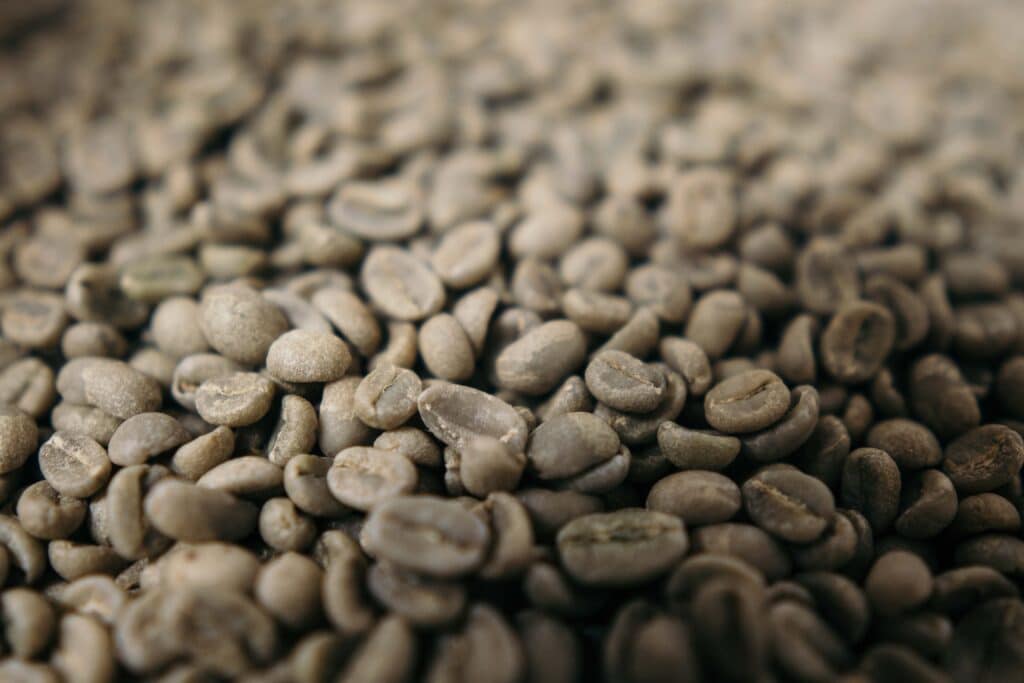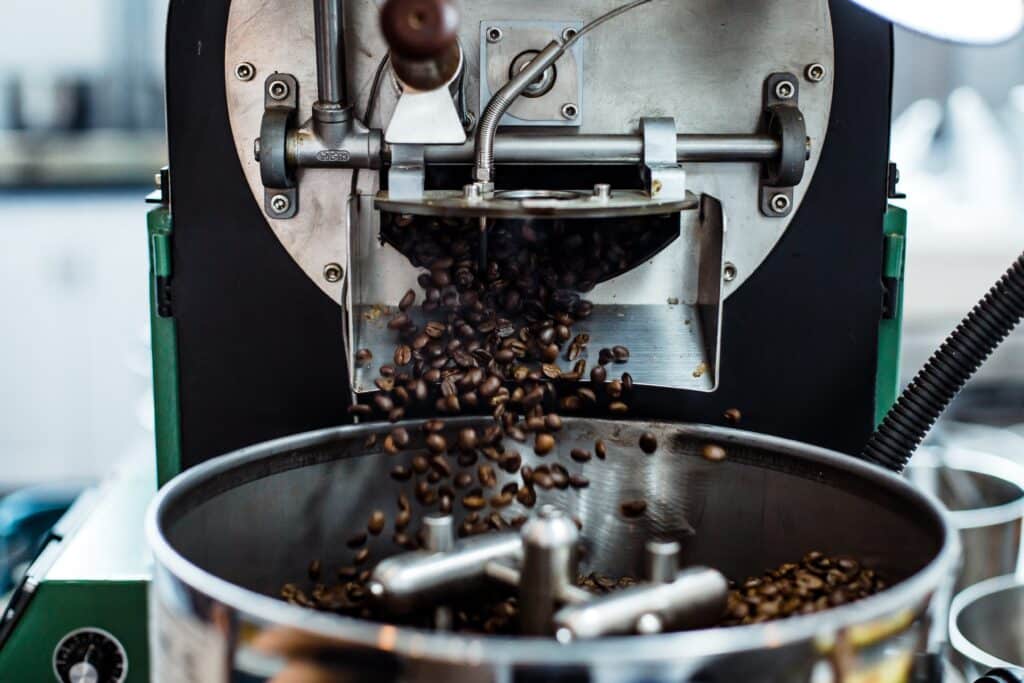When we are talking about roasting, we are referencing the process of applying heat to the green coffee beans to transform them into the aromatic, flavorful brown beans that we use to make coffee. The roasting process causes a complex series of chemical reactions that result in the development of coffee’s characteristic flavor and aroma.
Every coffee has its very own roasting profile. The “profile roasting” refers to the process of the roast, which is determined by the temperature and time for each stage of the roasting process in order to achieve the desired flavor of the coffee. The coffee roaster or master roaster adjusts the roasting based on factors such as the origin and variety of the coffee beans, as well as personal preferences in terms of flavor and aroma. The roaster carefully monitors the beans during the roasting process, and makes adjustments to the temperature and duration as needed to achieve the desired result.
The goal of profile roasting is to bring out the unique characteristics of each coffee bean and create a delicious and satisfying cup of coffee

The best way to roast coffee beans can vary depending on the roaster’s personal preferences and the type of coffee being roasted. However, here are a general overview of the coffee roasting process:

The high-quality green coffee beans are loaded into a roasting machine. The use of high-quality beans will have a significant impact on the final flavor and aroma of the coffee. There are several types of roasting machines available, including drum roasters, air roasters, and fluid bed roasters.
The roaster is preheated to the desired temperature. The desired temperature is normally something the roaster has experimented with on different roast levels to produce the best flavor and aroma for your taste. The beans are heated, causing them to turn from green to yellow, and then to brown.
During the roasting process, the beans will start to crack. First crack, which often sounds like popcorn popping, signals the start of the “light roast” stage, while the second crack marks the beginning of the “medium roast” stage. The roaster carefully monitors the temperature and time to achieve the desired roast level, which can be Light Roast, Medium Roast, Dark Roast and French Roast
Once the desired roast level is reached, the beans are quickly cooled to stop the roasting process and lock in the flavor and aroma.
The length of each phase, as well as the final roast level, can vary depending on the “roasting profile” which is determined by the roaster. Different roast levels, from light to dark, can produce different flavors and aromas.